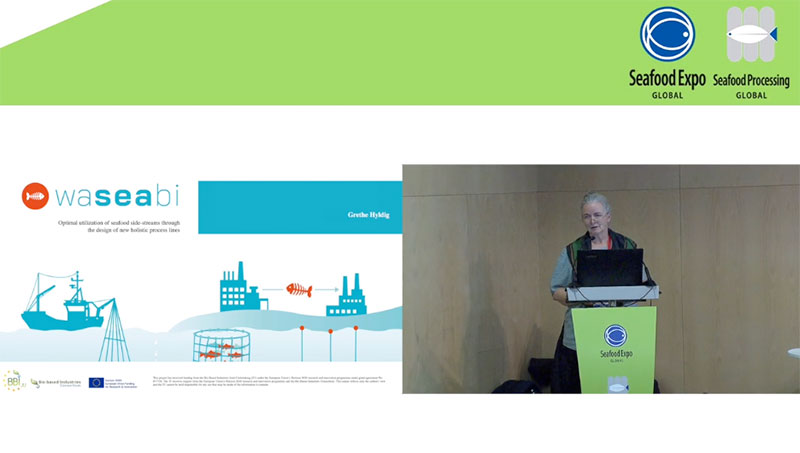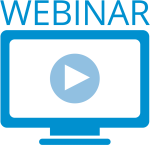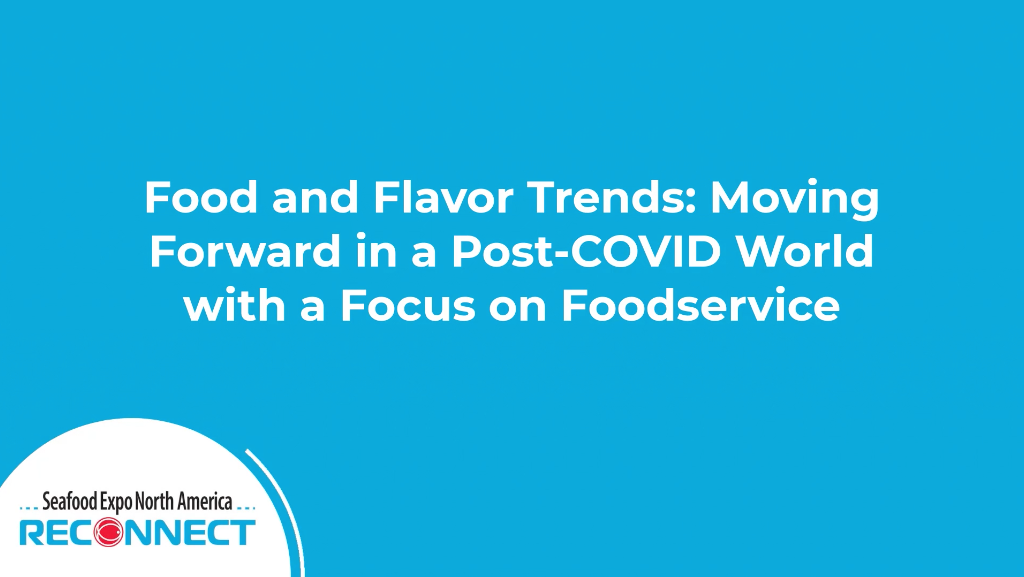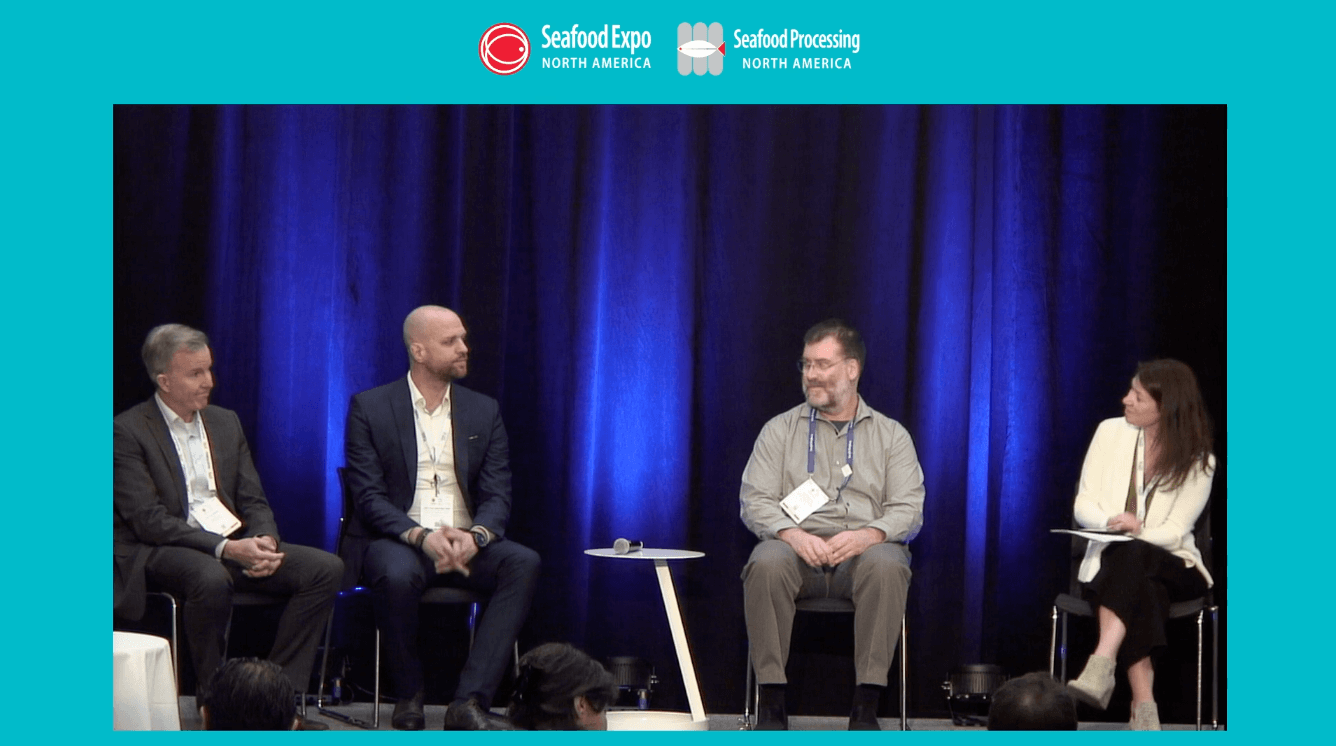Filters
Product Categories
Can Online Ordering and eCommerce Work for You and Your Customers?

The WaSeaBi Project aims to develop new solutions that will allow optimal utilization of seafood side-streams through the design of new holistic process lines. Would you like to turn the side-streams from your seafood production into high value ingredients? Innovative sorting and stabilizations technologies for seafood by-products will be presented as well as technologies for obtaining added value ingredients from these by-products. The objective is the valorisation of these raw materials into marketable products: from nutraceuticals to feed.

Building Markets for Small Scale Fisheries in Peru and Chile through Traceability

How are the most influential companies in the seafood industry contributing to a sustainable and responsible future?

Seeking Returns: Exploring the financial and environmental benefits of aquaculture

Enjoy two weeks of open access to SeafoodSource Premium and enjoy member benefits like unrestricted access to SeafoodSource's most valuable news articles, free on demand webinars, free reports and eBooks, and free conference videos. All with no credit card and no commitment required!

Speakers: Mark DiDomenico, Director Customer Success – Datassential; Chef Jennifer Aranas, Director Client Solutions – Datassential; Chef Brett Smith, Corporate Executive Chef - King & Prince Seafood; Chef Greg Tomasello, Sr. Corporate Executive Chef – Foodbuy
Session Description: Mark DiDomenico from Datassential, along with a panel of chefs, explores food and flavor trends both during and post pandemic. The pandemic forced dramatic changes upon the food industry, with restaurants in particular hit hardest. Datassential and the panel discuss ways in which the industry changed, and whether or not those changes will remain. In addition, the discussion focuses on food and flavors trends that have been and will continue to be important in a post-COVID world.

A View from the Wharf: The Western and Central Pacific Tuna Fishery

Creating the Global Shrimp Council: History, Plans, and Progress

Moderator: Jill Swasey, ASC
Speakers:
- Anton Immink, ThinkAqua
- Dave Martin, Sustainable Fisheries Partnership,
- Roy Van Daatselaar Aquaculture Stewardship Council (ASC)
Fishery Improvement Projects (FIPs) have become an instrumental tool for fisheries sustainability over the past decade. While improvements in aquaculture are just as critical as in fisheries, Aquaculture Improvement Projects (AIPs) are far less developed than their FIP cousins and have yet to gain traction in the marketplace. At the same time, awareness is growing on the historic and current environmental impacts of aquaculture production, particularly on critical habitats such as mangroves. As aquaculture production increases globally, opportunities exist to both scale-up responsible production while also preserving the biodiversity and climate benefits gained through restoring critical habitats. Three of the leading organizations in responsible aquaculture – the Aquaculture Stewardship Council, Sustainable Fisheries Partnership, and Monterey Bay Aquarium Seafood Watch – are teaming up in an effort to streamline the path to sustainability for aquaculture producers, engaging more stakeholders in the process, and delivering improvements in farming practices and management that will protect those essential functions gained through restoring critical habitats. Farmers engaged in improvement program pilots are supported through partnerships with local consultants and supply chain partners. These pilots provide farmer support and capacity building at a greater scale by engaging farmers that have common practices and challenges in a shared region. In some instances, barriers to information requirements can be alleviated through the use of remote monitoring technology and shared impact assessment studies. This allows project partner organizations the opportunity to reduce the burdens and confusion of information needs to farmers and cater trainings and improvements to the farmer needs and at the scales at which they operate.
Together, these organizations will convene a diverse group of industry and other stakeholders to:
• Discuss the importance of aquaculture improvement in relation to assured supply of sustainable seafood;
• Explore how landscape level improvements can facilitate farm-level certification (and vice versa);
• Highlight opportunities to protect and restore critical habitats and maintain responsible farming practices; and
• Share some early lessons learned and opportunities for engagement in pilot aquaculture improvement projects underway.
